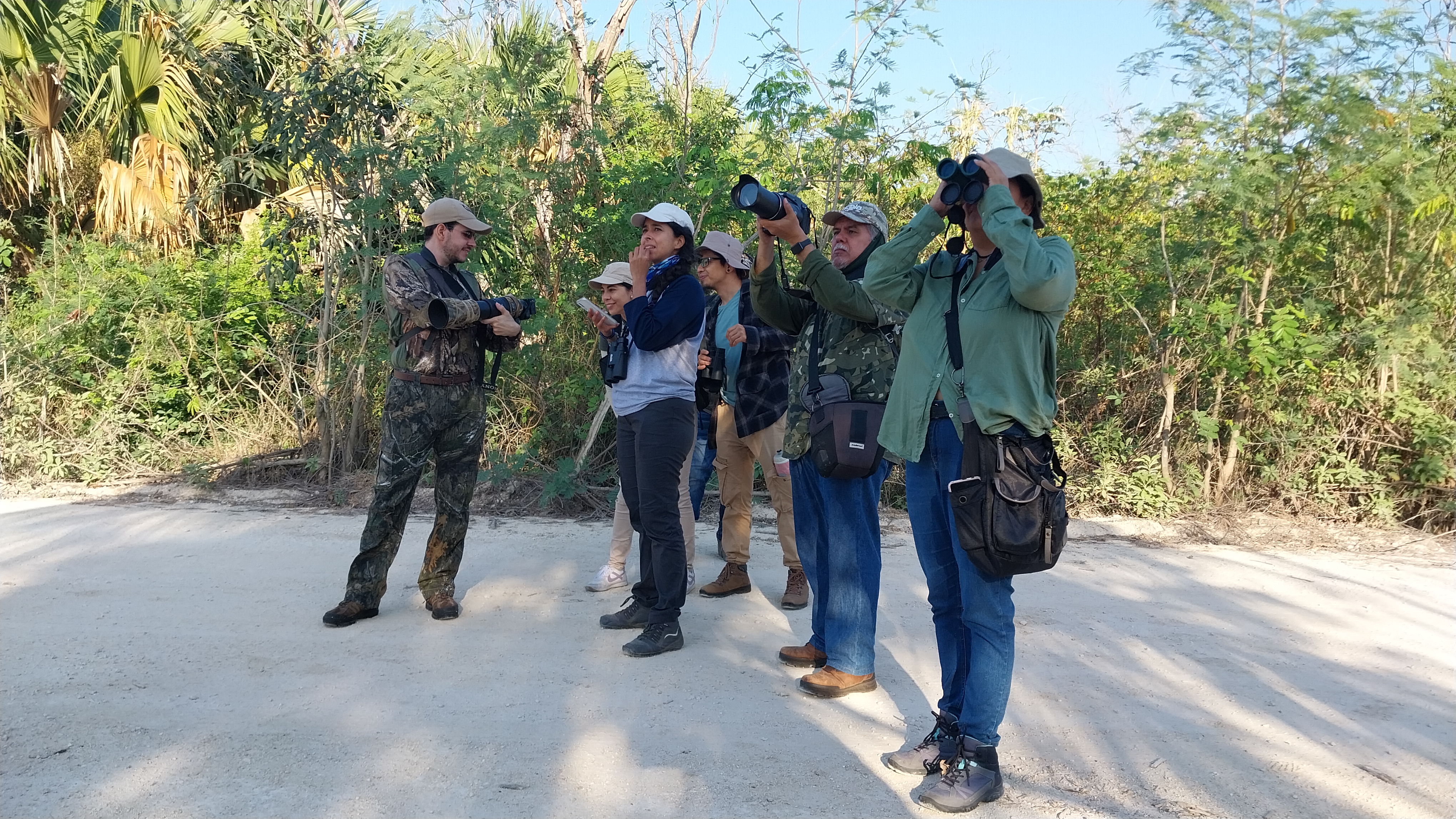A Week in Fátima's Life
June 26, 2023
Welcome to the second post of the photo essay series "A Week in the Life of a Mexican Environmentalist.” Our second post focuses on Fátima’s photographs and fragments from an interview with her about her activism. You can read Fátima, Yameli, Citlalli, and Nicte Ha's full interviews here.
This series is edited by 2022-2023 PPEH Graduate Fellow Pablo Aguilera Del Castillo and PPEH Program Coordinator Campbell Knobloch.
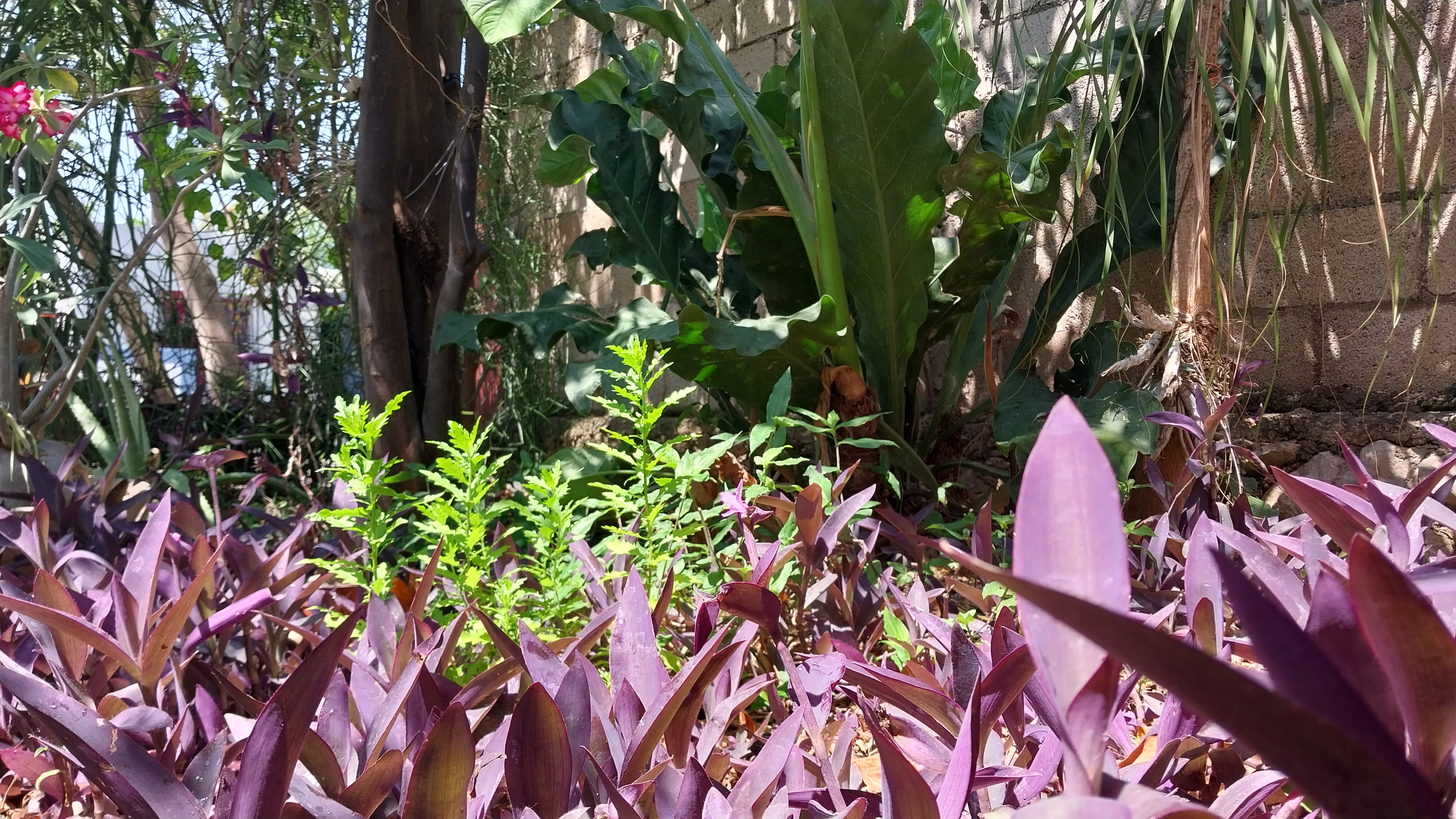
"We need to respect the environment we live in for what it is. We need to learn to enjoy our environment without trying to transform it into what we want."
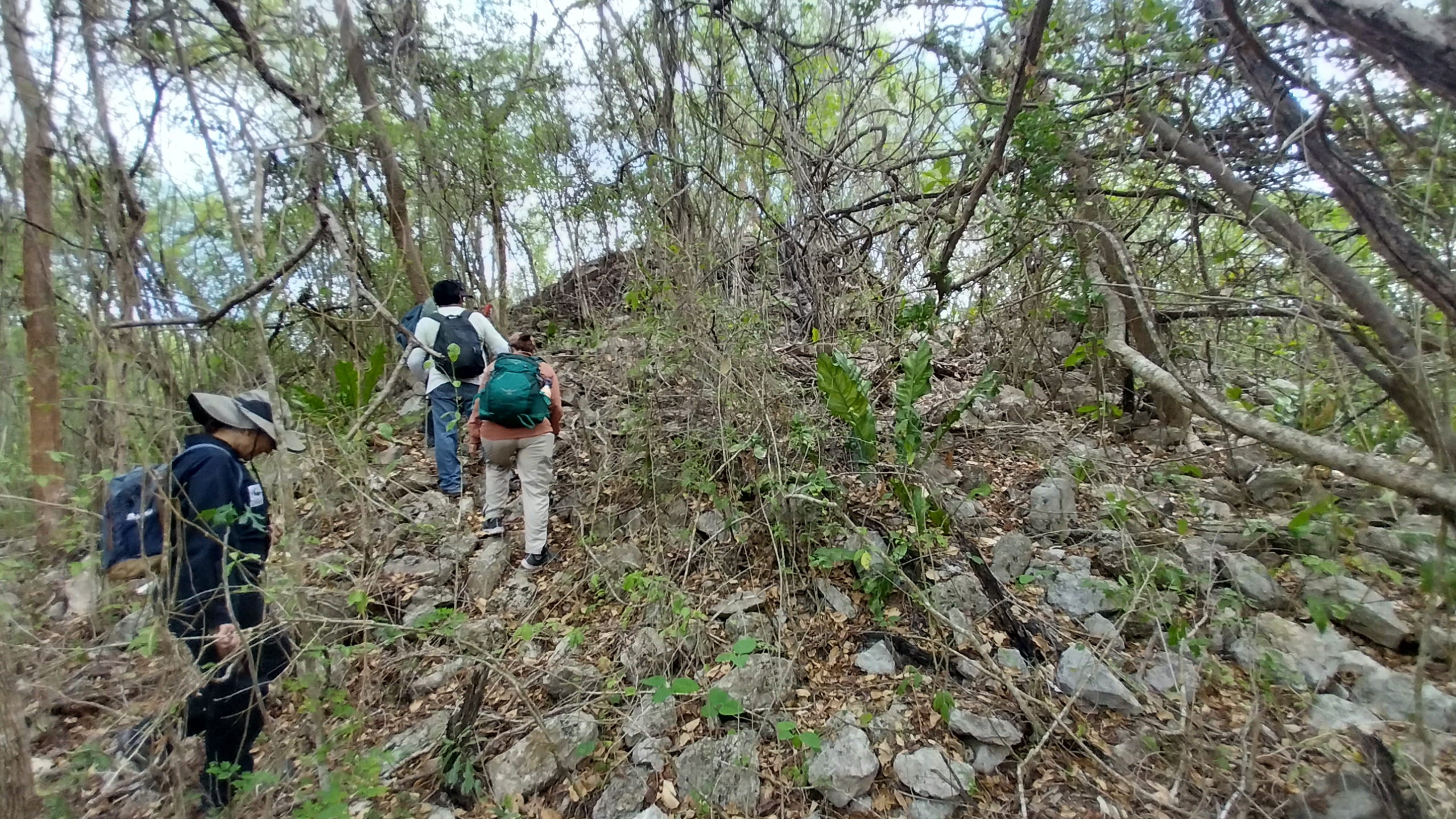
"I studied archeology and my passion has always been connected to caves. For many years, I have focused on the conservation of the underground environment comprised of caves and cenotes. Through my environmental activism, I try to make people around me understand that all of our actions have a direct consequence for the environment."
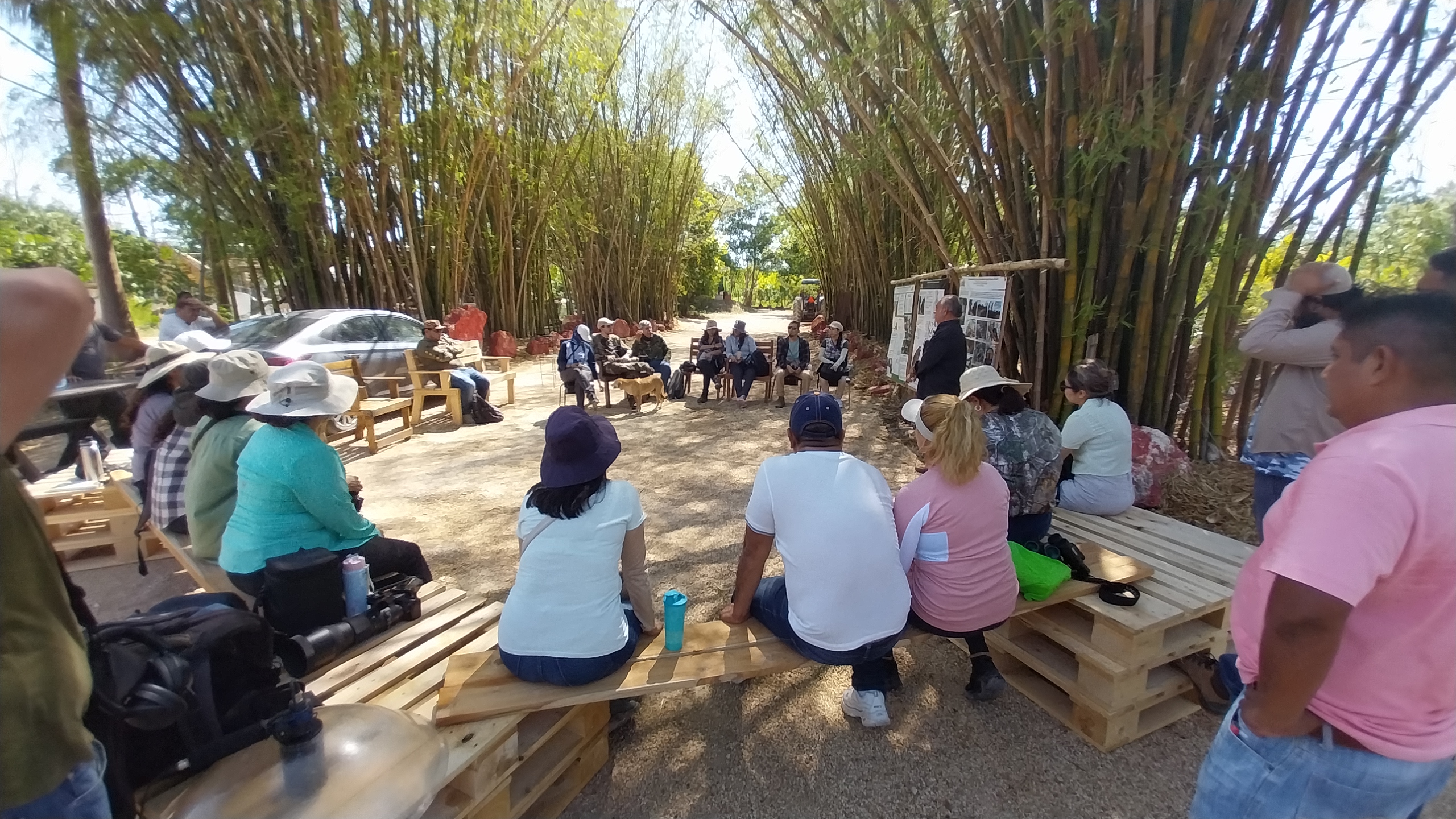
"As a Mayan woman myself, I have seen firsthand the need to improve the quality of life in Mayan towns both for ourselves and for future generations. Through my work, I want to inspire other people, empower the women of the communities in Yucatán and beyond Yucatán and I hope that through our work with the youth, we can begin to make things better."

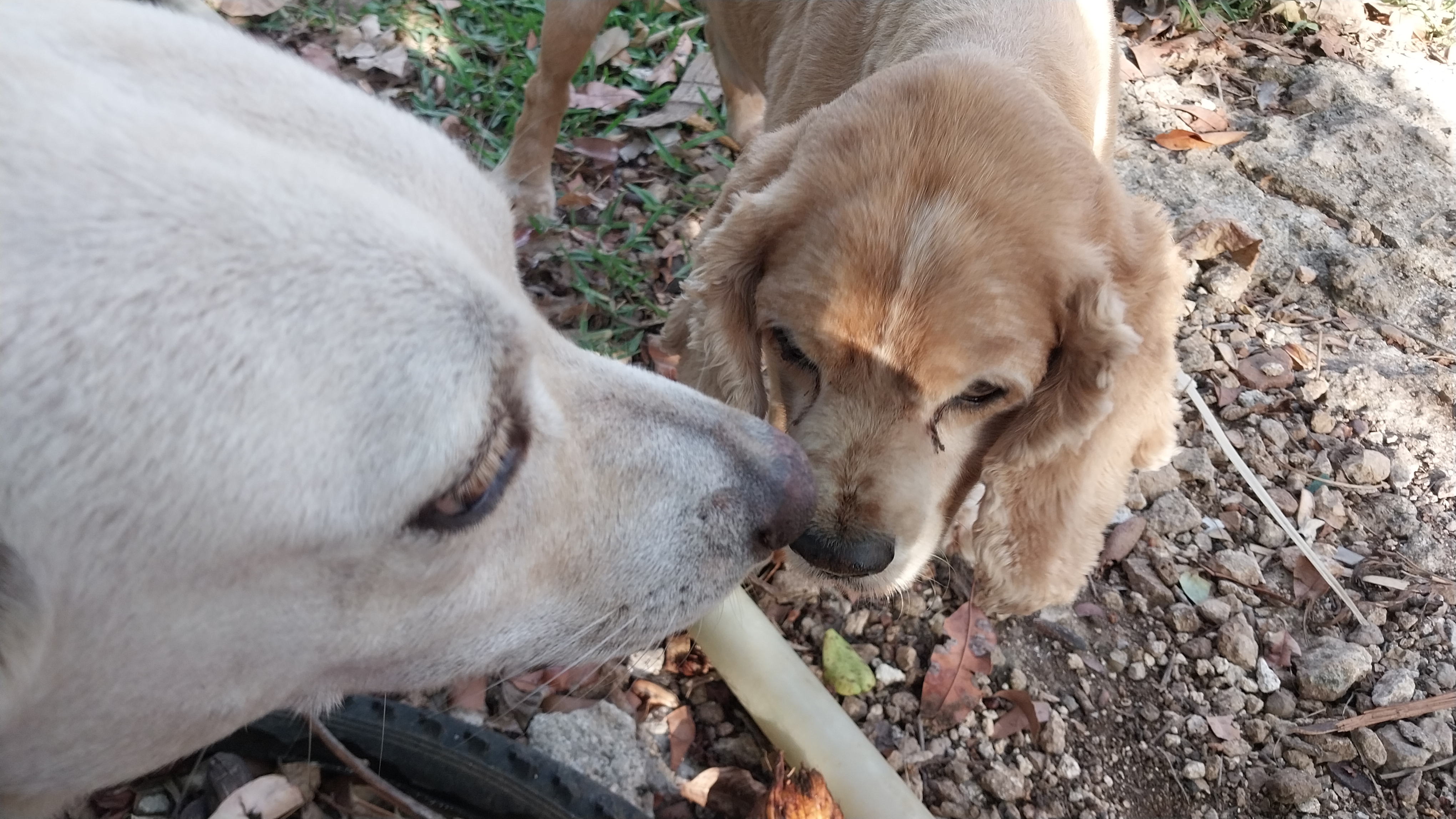
"Working with communities is an activity that brings me a lot of joy. Throughout my work with them, I have been able to see a positive change in the communities. Every day we add new people to our cause, learning to care for the subterranean and the water landscapes that are part of the region."
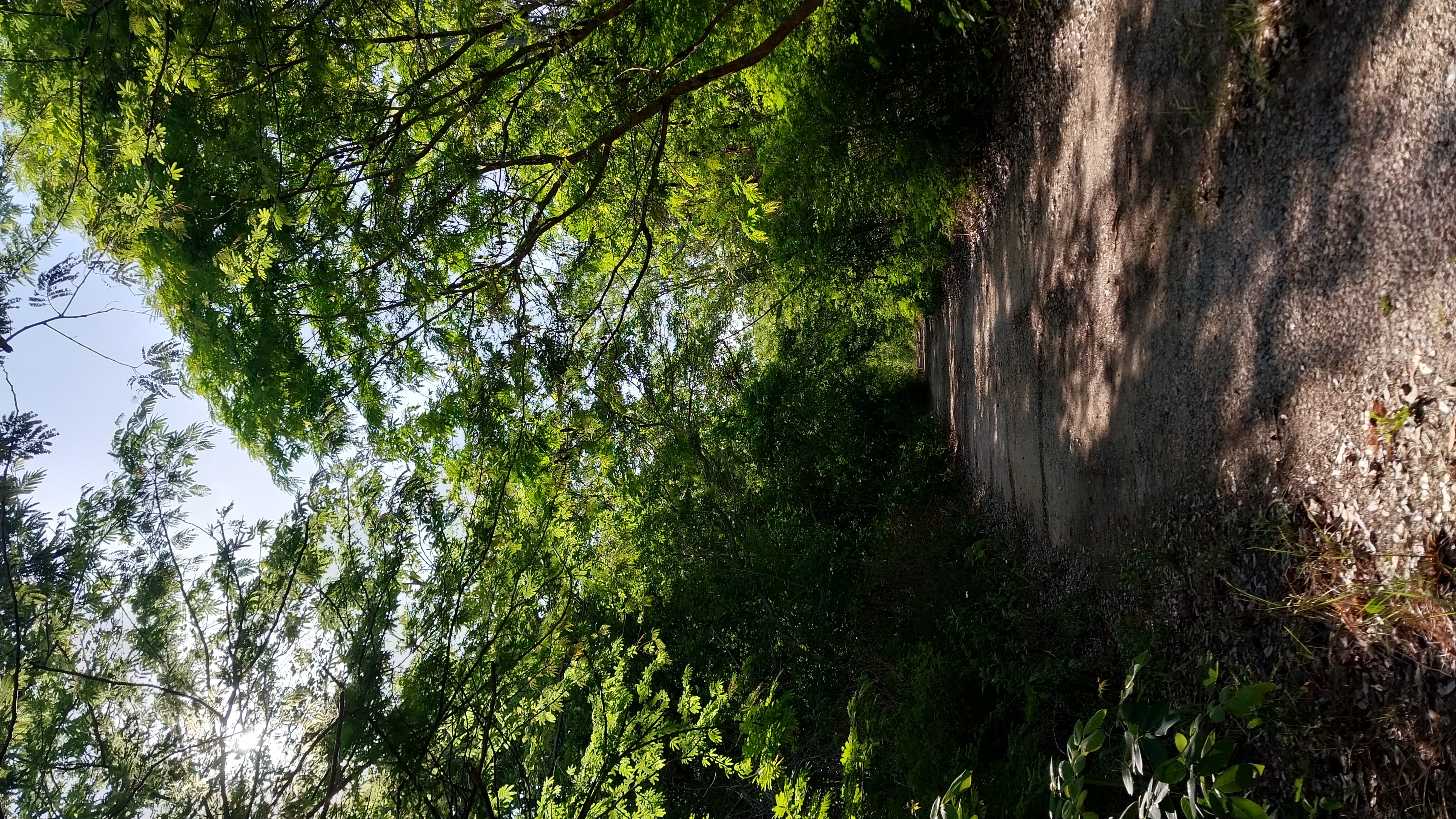
"Sometimes we believe that in order to foster economic development it is necessary to sacrifice nature. However, we should look for ways to prevent and remedy those important environmental losses."
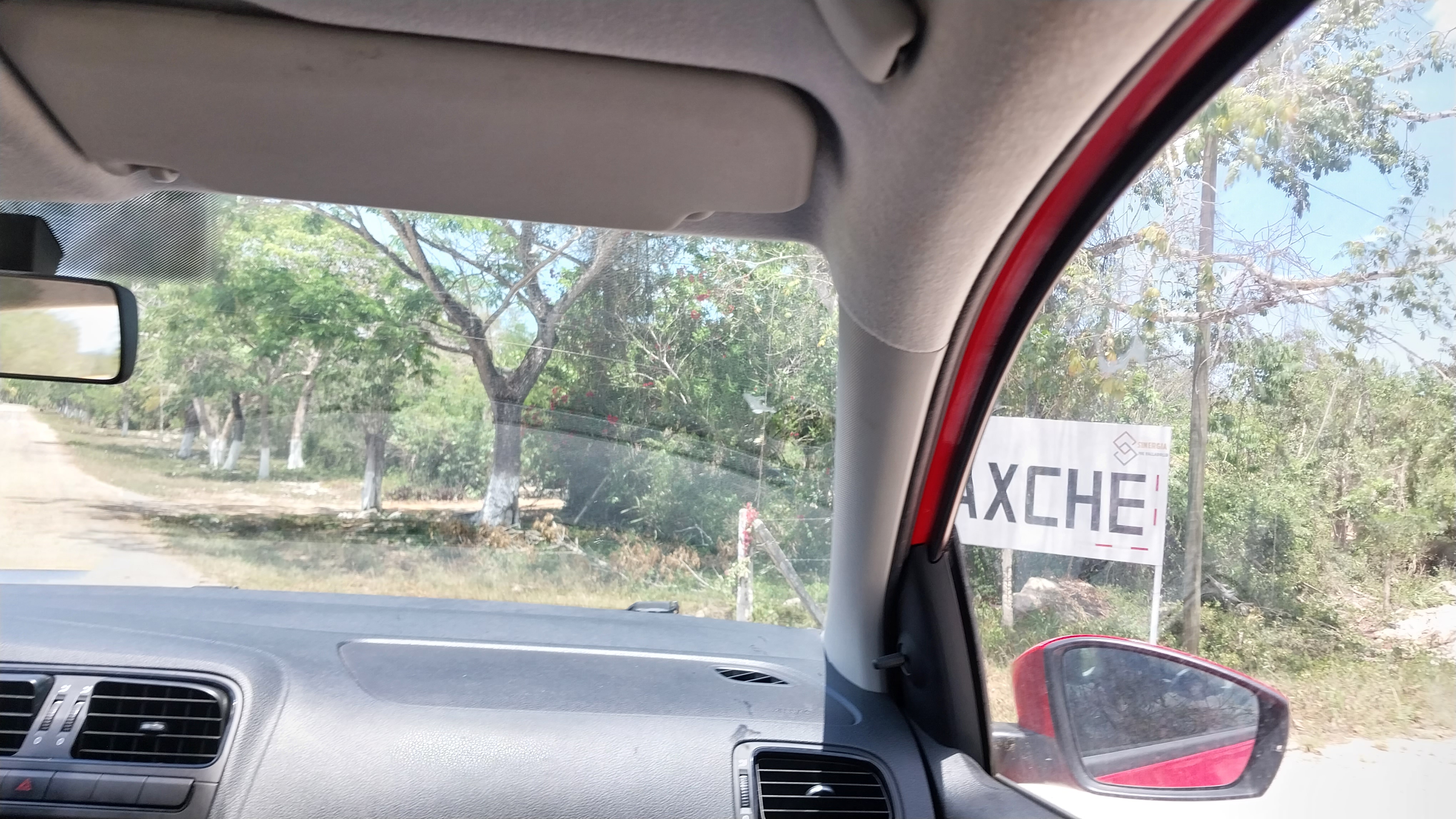
"For the future, it is worth reflecting on the potential re-signification of our natural spaces, that is, remembering how these were once perceived and what our ancestors used them for. Perhaps there is an answer there, giving these places back the sacred value that they once had, recovering that precious relationship between human beings and nature, and giving the subterranean environment the respect it had in the past. For example, our ancestors talked about the 'pristine water' that is found in the caves and which they used for agricultural ceremonies. This shows us that the subterranean was once cared for and protected by the inhabitants of this land, by the Mayan people, in unique ways. Today, however, very few people continue to care for the environment in the same ways in which our ancestors did."
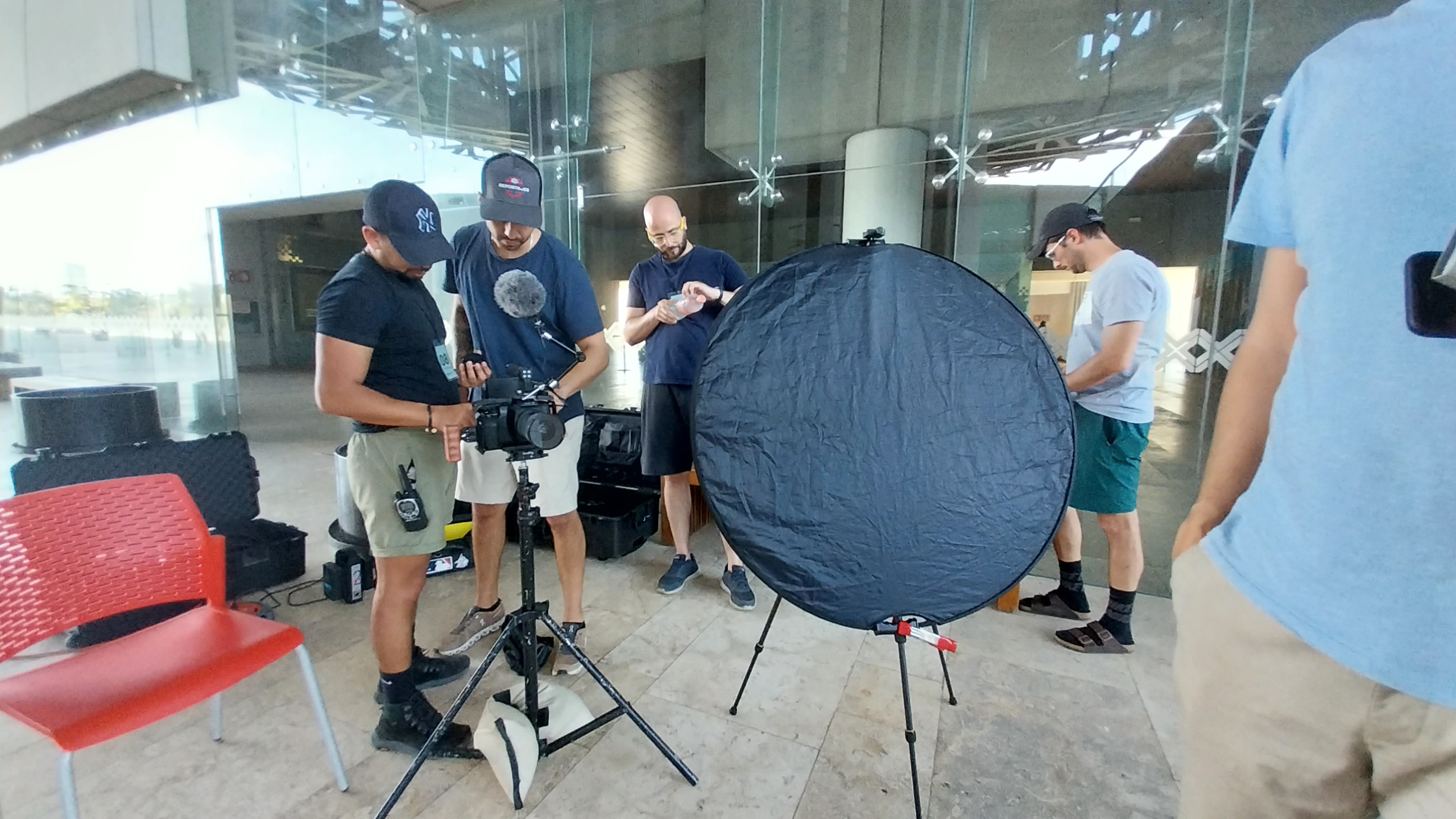
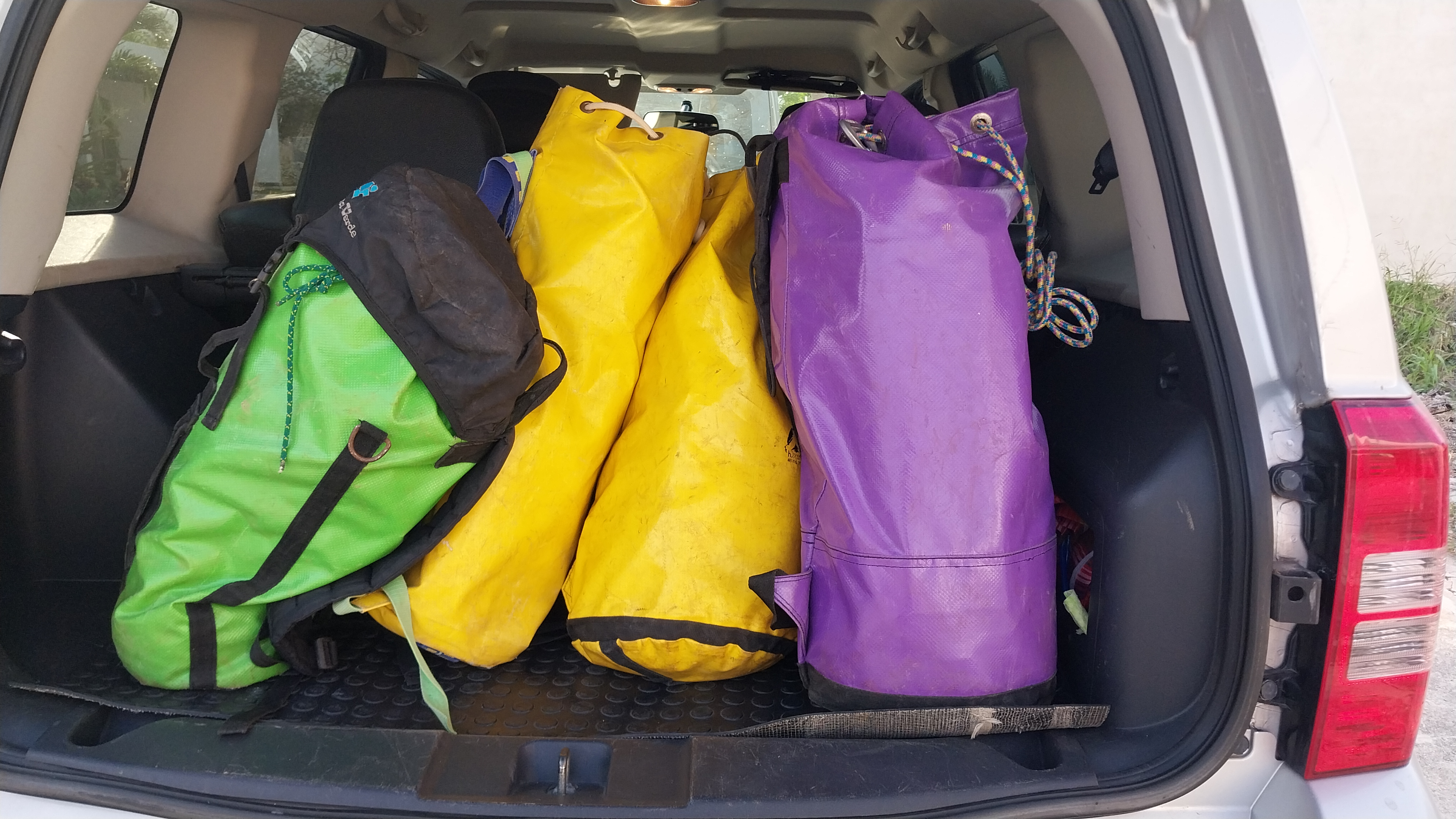
"I really enjoy contributing to the documentation of my nation's subterranean heritage. I am discovering an unexplored world, the Mayan underground. That feeling of excitement while being in the darkness of a cave and following the tracks left by my ancestors is truly indescribable. I feel that I have the opportunity to be the voice of my ancestors, learning to read landscapes and telling their story to make sense of our past."
